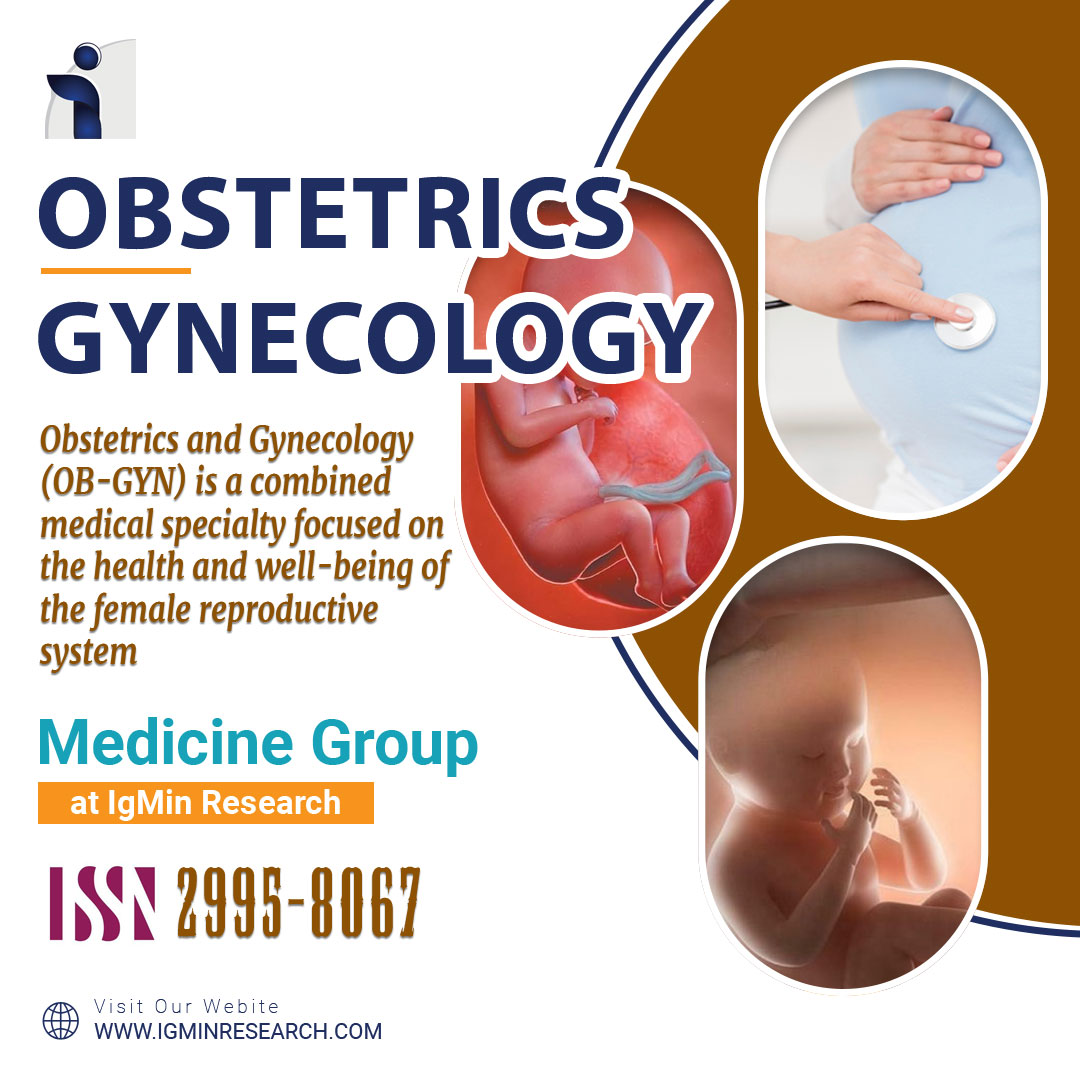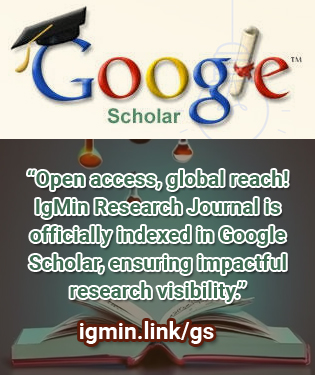Open Access Policy refers to a set of principles and guidelines aimed at providing unrestricted access to scholarly research and literature. It promotes the free availability and unrestricted use of research outputs, enabling researchers, students, and the general public to access, read, download, and distribute scholarly articles without financial or legal barriers. In this response, I will provide you with an overview of the history and latest resolutions related to Open Access Policy.
について
Obstetrics & Gynecology (OB-GYN) is a vital medical specialty dedicated to the health and well-being of women, focusing on reproductive health, pregnancy, and childbirth. Obstetrics centers on the care of pregnant women, ensuring the safety and health of both mother and baby during pregnancy, delivery, and postpartum. Gynecology addresses a broad spectrum of conditions related to the female reproductive system, including menstrual disorders, infertility, and hormonal imbalances.
This field combines clinical expertise and compassionate care with cutting-edge advancements in diagnostics, minimally invasive surgery, and reproductive technology. OB-GYN plays a crucial role in promoting women's health across their lifespan, fostering innovation in maternal-fetal medicine, fertility treatments, and gynecologic oncology. Collaborative research and patient-centered care define the discipline’s commitment to enhancing outcomes and quality of life for women worldwide.
Medicine Group (6)
Open Access Policy refers to a set of principles and guidelines aimed at providing unrestricted access to scholarly research and literature. It promotes the free availability and unrestricted use of research outputs, enabling researchers, students, and the general public to access, read, download, and distribute scholarly articles without financial or legal barriers. In this response, I will provide you with an overview of the history and latest resolutions related to Open Access Policy.
Open Access Policy refers to a set of principles and guidelines aimed at providing unrestricted access to scholarly research and literature. It promotes the free availability and unrestricted use of research outputs, enabling researchers, students, and the general public to access, read, download, and distribute scholarly articles without financial or legal barriers. In this response, I will provide you with an overview of the history and latest resolutions related to Open Access Policy.
Open Access Policy refers to a set of principles and guidelines aimed at providing unrestricted access to scholarly research and literature. It promotes the free availability and unrestricted use of research outputs, enabling researchers, students, and the general public to access, read, download, and distribute scholarly articles without financial or legal barriers. In this response, I will provide you with an overview of the history and latest resolutions related to Open Access Policy.
Open Access Policy refers to a set of principles and guidelines aimed at providing unrestricted access to scholarly research and literature. It promotes the free availability and unrestricted use of research outputs, enabling researchers, students, and the general public to access, read, download, and distribute scholarly articles without financial or legal barriers. In this response, I will provide you with an overview of the history and latest resolutions related to Open Access Policy.
Open Access Policy refers to a set of principles and guidelines aimed at providing unrestricted access to scholarly research and literature. It promotes the free availability and unrestricted use of research outputs, enabling researchers, students, and the general public to access, read, download, and distribute scholarly articles without financial or legal barriers. In this response, I will provide you with an overview of the history and latest resolutions related to Open Access Policy.

IgMin 科目を探索する
現在トレンドになっている記事はどれですか?
研究論文
- Integrated Multi-fidelity Structural Optimization for UAV Wings
- Slip Resistance Evaluation of 10 Indoor Floor Surfaces
- A Machine Learning-based Method for COVID-19 and Pneumonia Detection
- The Influence of Dynamical Downscaling and Boundary Layer Selection on Egypt’s Potential Evapotranspiration using a Calibrated Version of the Hargreaves-samani Equation: RegCM4 Approach
- From Traditionalism to Algorithms: Embracing Artificial Intelligence for Effective University Teaching and Learning
- Maternal Knowledge and Practices in Caring for Children under Five with Pneumonia: A Cross-Sectional Study in Vietnam
Advertisement









